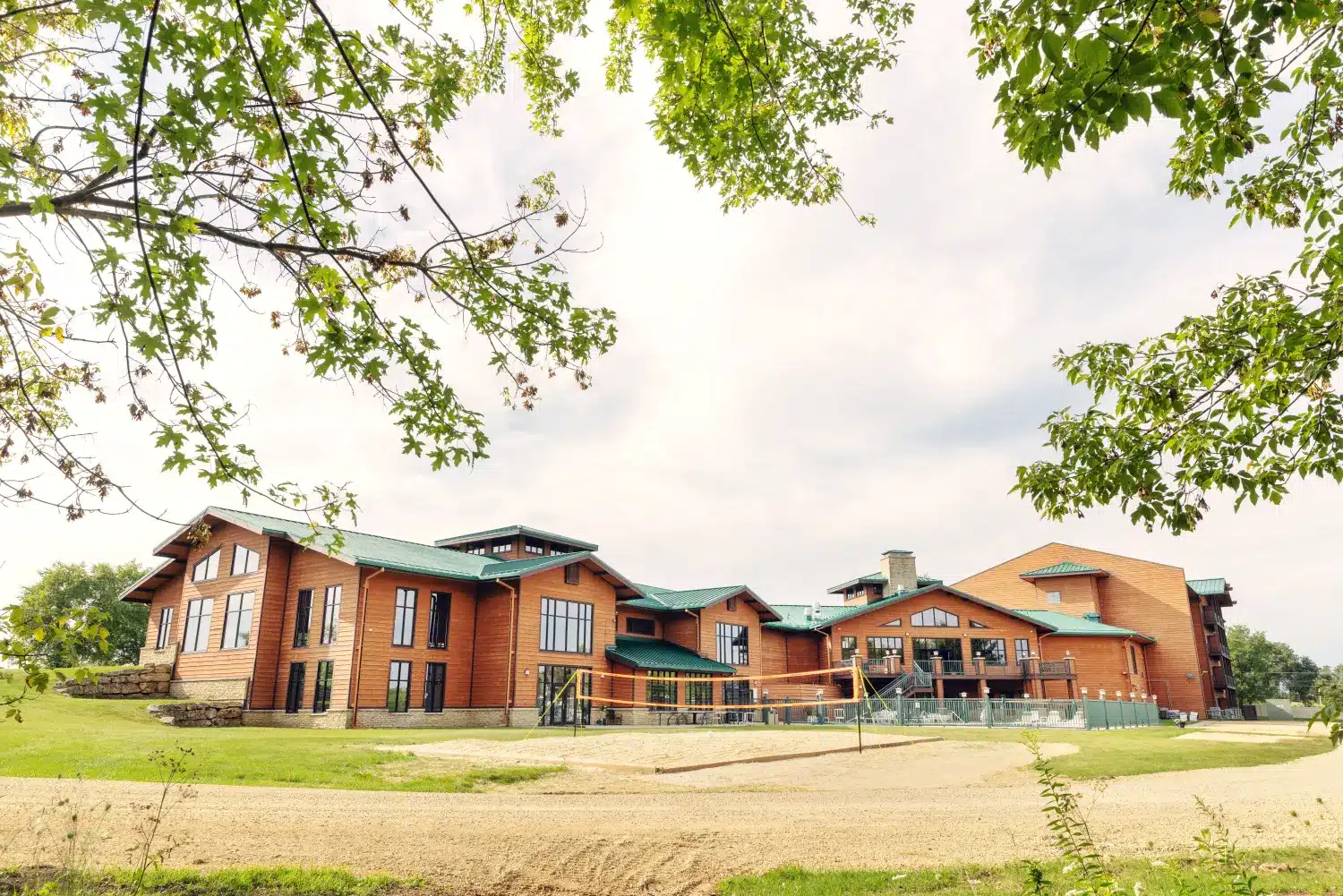There are various treatments and approaches when it comes to addiction, and incorporating physical activity is one of them. What is the science behind exercising for addiction recovery, and is it effective? Read to learn more.
No doubt, exercise has its own benefits for weight loss, heart and lung wellness, as well as overall health. However, many people may wonder if exercise in addiction treatment is something to consider. With a multitude of treatment options during rehab, will exercise be worth a try?
Exercise In Rehab
Exercise in rehab is considered one of the mainstay approaches to addiction recovery. In this model, clients are provided with a nutrition and fitness plan. Whether you’re an inpatient or outpatient in a rehab program, you can choose an exercise regimen to follow during the course of treatment and beyond.
Many experts recommend exercise during rehab because it speeds up the body’s healing process and improves recovery outcomes. An article in US Health News states how physical activity helps in improving brain function impairments. Addiction recovery and exercise are very much interrelated because substance use disorder is a disease of the mind. Including exercise in treatment and aftercare can bring potential benefits in overall physical and mental health.
How can exercise help in addiction recovery?
The connection between drug addiction and exercise goes back to the brain’s mechanism. Physical activity is one of the natural ways for the brain to release feel-good chemicals similar to substance use disorder.
During rehabilitation, a person may experience the effects of withdrawal because of the lack of the dopamine release that is experienced when using substances. Exercise helps reprogram the brain by providing natural means to release dopamine in amounts found in addiction-free people. Coupled with a healthy diet and other wellness activities, the brain gradually decreases its dependency on addictive substances.
It is important to note that exercising only during rehab and foregoing it after leaving the facility will not be an effective approach to recovery. In order to ensure better chances of long-term recovery, physical activity should be a part of your day-to-day life.
Below are some of the various physical activities you can engage in as you decide to go into rehab.
Different Types Of Exercise In Rehab
Some rehabilitation centers offer various exercise programs along with the treatment proper for their clients. In general, there are two different types of physical activity during rehab–low-intensity and high-intensity exercises. Low-intensity exercises are ideal for beginners who would like to use physical activity to achieve strength, flexibility, or clarity of the mind. High-intensity exercises are those which work out the cardiovascular system, which is ideal for muscle gain, heart and lung function, and weight loss.
Examples of low-intensity exercise in drug rehab are:
- Swimming: Ideal for people who want a relaxing good workout without much tension in the joints.
- Bodyweight training: A no-equipment workout, you can use your own weight as a form of resistance.
- Walking: Rehab centers that are close to nature are a perfect setting for walks.
- Yoga: Learning poses and challenging your body’s flexibility can help aid in relaxation.
Examples of high-intensity exercise in drug abuse treatment are:
- Jogging or running: Whether indoors or outdoors, jogging or running is a perfect exercise to strengthen your cardiovascular function. It is also ideal for rehab centers with nature trails or gym facilities.
- HIIT: Also known as high-intensity interval training, it usually is a principle of working out where you have short bursts of intense workout while doing rests in between. It is said to help in weight loss and delivers fast results than traditional cardio.
- Dance: Do not be misled–dance can give you an intense workout. Following specific steps or movement styles can help make the exercise much fun.
- Rowing: One of the most well-known water sports, rowing can boost your heart and lung endurance while offering a good arm workout.
Benefits Of Exercise In Rehab
Exercise has overall health benefits, but perhaps you are wondering what are its advantages when done during and after rehab. Here are some well-established benefits that will encourage you to incorporate physical activity for addiction treatment:
Stress Reduction And Mental Wellness
Stress can sometimes be a trigger for relapse. For example, someone who is suffering from alcohol addiction, exercise can be a great way to reduce the hormone cortisol in the body. When the brain is in a constant state of stress, the hormone cortisol dominates the body–causing someone to always feel anxious and on edge.
Many people report that anxiety is one of the triggers in abusing prescription medications. Thus, if exercise reduces stress, it will likely lessen anxiety symptoms leading to a reduction in cravings and future relapse.
Aside from ridding your mind of stressors, exercise in addiction treatment centers can also boost your mental wellness. Exercise improves blood circulation throughout the body and the brain which enhances mood, energy, memory, and thinking skills. A study in Stockholm proved the antidepressant effects of running. The physical activity proved changes in the brain’s hippocampus, the part responsible for mood, learning, and memory.
Improves Sleep
Insomnia is one of the most common withdrawal symptoms of drug and alcohol abuse. When people engage in at least 30 minutes of moderate exercise within the day, they will generally have better sleep. Timing is important in using exercise on improving sleep.
The brain also releases endorphins during physical activity. When the endorphin levels go down and are flushed out, this helps people sleep better.
Relapse Prevention
If exercise is combined with other lifestyle changes such as diet, and pursuit of hobbies and recreational activities, there is a higher chance of preventing addiction relapse.
These activities help decrease idle time which can be a doorway for relapse triggers. They provide a healthy distraction from previous activities that enable substance use.
Example Of Treatment Plan With Exercise
In case you are wondering, how does incorporating exercise exactly look like in an addiction treatment plan? Here are some example recommendations within a treatment plan during an inpatient rehab:
Treatment Plan List
- Drug Detox: Lasting 1-3 days, withdrawal symptoms are managed safely through medications, remedies, and comfortable lodging.
- Cognitive Behavioral Therapy: One-on-one sessions with a professional therapist to help eliminate negative thought patterns.
- Family Therapy: Encouraging family participation during sessions to help in the reduction of enabling behaviors and improvement of an aftercare plan.
- Physical Activity: Daily brisk walking exercise for 30 minutes a day indoors or outdoors.
- Support Groups: Accountability and encouragement from other clients within the facility.
- Nutritious Meals: Well-balanced whole foods diet for 3 meals a day including 2 snacks.
Exercise In Aftercare
Including physical activity during treatment is helpful, but it is even more effective when it is carried out in your aftercare plan. An aftercare plan is a list of things to do after your rehab treatment within the facility. These include relapse prevention guides, fitness regimen, continuing sessions, support groups and more.
The benefits of continuing your exercise program in your aftercare strategies include:
- Better stress tolerance with environmental and inner triggers
- Improved physical and mental health
- Developing a hobby and distraction away from substance use
- Eliciting antidepressant effects and feel-good brain chemicals in a natural way
Work Out During Your Addiction Recovery
When combined with detox and effective treatment approaches, exercise can be a powerful tool in your addiction recovery. Including physical activity in your daily schedule can be one of the best lifestyle decisions you can make–not just for your sobriety, but for your overall health.
Sources
Medical disclaimer:
Sunshine Behavioral Health strives to help people who are facing substance abuse, addiction, mental health disorders, or a combination of these conditions. It does this by providing compassionate care and evidence-based content that addresses health, treatment, and recovery.
Licensed medical professionals review material we publish on our site. The material is not a substitute for qualified medical diagnoses, treatment, or advice. It should not be used to replace the suggestions of your personal physician or other health care professionals.







